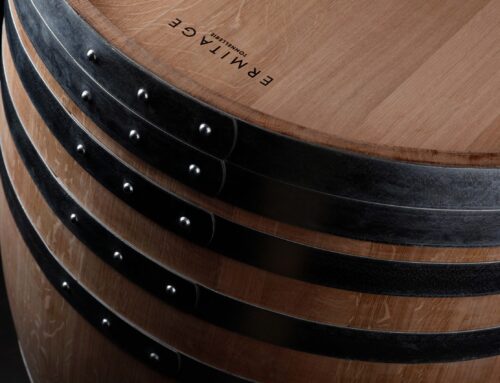Its history dates back to Roman times (2nd century AD) and has undergone profound changes over the centuries.
After the 1948 coup d’état perpetrated by the Czechoslovak Communist Party, and with the nationalization and collectivization of land, the country’s viticulture experienced a period of intense production, with quantity taking precedence over quality.
A few decades later, the Velvet Revolution (November 16 – December 29, 1989), following the fall of the Iron Curtain in 1989, and the Czech Republic’s accession to the European Union in 2004, gave the country’s viticulture a real boost and a new lease of life (a halt to the expansion of wine-growing areas and more qualitative production).

Today, the vineyard covers 18,000 hectares, 2/3 of which are devoted to the production of white wines. Production of red and rosé wines remains a minority in the country.
Czech vineyards are spread over two regions: Moravia (“Morava”) and Bohemia (“Čechy”).
Moravia, located in the south-east on the border between Slovakia and Austria, alone accounts for over 96% of the wine-growing area.
Located at the same latitude as Alsace and northern Burgundy (between the 48th and 50th parallel north), the Czech Republic enjoys a continental climate (hot, dry summers / long, cold winters). The shorter growing season of the vines results in a slow, gradual ripening of the grapes. In this particular context, climate change could benefit local viticulture.
More than 35 white and 26 red grape varieties are permitted.
International varieties such as Chardonnay, Riesling, Sauvignon Blanc, Pinot Noir, Merlot, as well as more local varieties such as Grüner Veltliner, Welschriesling or Blaufränkisch (known as Frankovka in the Czech Republic). In recent years, particular attention has been paid to the Pálava white grape variety, which owes its name to the “Pálava” (Protected Landscape Area included on UNESCO’s list of biosphere reserves), which groups together the best terroirs in Moravia.

The wines produced in the Czech Republic are reputed to be among the best in Europe and the world.
The country boasts over 1,000 wineries and a booming wine tourism industry. Sporty wine lovers can take advantage of over 1,200 km of cycle paths linking the various wine villages (289 km of cycle paths on the Moravian Wine Route alone). Nazdradí! (in moderation…)
Focus on Vinarstvi Knezi Hora

Only a small proportion of Czech wines are aged in barrels. French oak is often the preferred choice, although some wineries continue to work with more locally sourced wood.
Vinarstvi Knezi Hora is one of the Vinarstvi Knezi estates that have chosen to place their trust in Tonnellerie Berthomieu/Ermitage. Ermitage barrels, made from oak from the Bertranges forest (medium and medium + toast), are used for the Frankovka grape variety. The barrels allow the fruit and terroir to express themselves, while bringing soft, silky notes to the palate. Ermitage barrels, made from oak from the Tronçais forest (medium toast), blend perfectly with their Merlot and Cabernet Sauvignon varieties.



